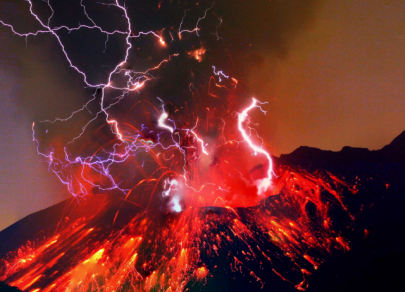FX.co ★ Ten incredible natural wonders
Ten incredible natural wonders
1. Mammatus clouds
Mammatus clouds are a rare atmospheric phenomenon distinguished by their characteristic rounded pouches that hang from the underside of a cloud layer. They usually form on the anvil tops of thunderclouds during periods of intense turbulence and high humidity. These clouds appear after powerful storms, when warm and cold air masses clash dramatically. Despite their ominous look, mammatus clouds are not dangerous on their own and are caused by convective processes and moisture-laden air sinking downward.
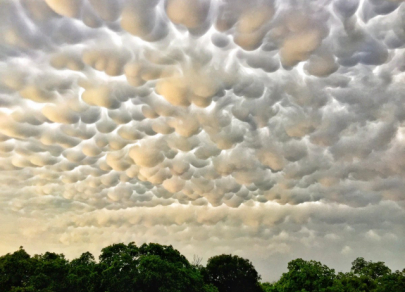
2. Fingers of Death (brinicles)
Fingers of Death are rare underwater phenomena known as brinicles—ice stalactites that rapidly grow downward through cold, salty water. They form in polar seas when supercooled brine escapes from newly formed sea ice, freezing the surrounding water on contact. The brinicle moves downward so quickly that any marine life in its path is flash-frozen, leaving behind a trail of frozen corals and sea stars on the seabed.
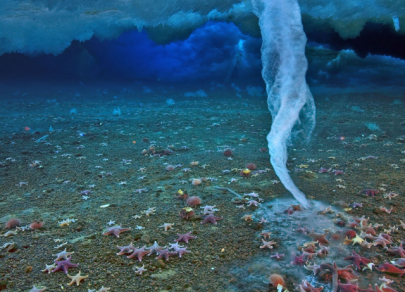
3. Fogbow
A fogbow is an atmospheric event similar to a rainbow, but nearly colorless. It forms when diffuse sunlight interacts with tiny water droplets in fog—less than 0.05 mm in diameter—which are too small to produce vivid spectral colors like rain droplets. Fogbows are most commonly seen in the early morning over fields, mountains, or bodies of water, especially in conditions of low clouds and high humidity. Visually, a fogbow appears as a white or faintly pastel arc.
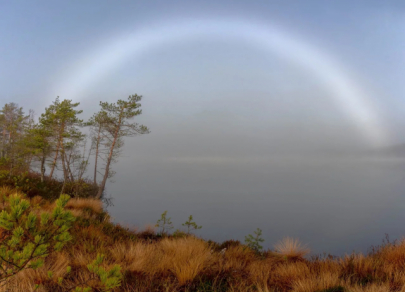
4. Venezuela’s eternal lightning
Known as the Catatumbo lightning, this phenomenon occurs where the Catatumbo River flows into Lake Maracaibo in Venezuela. Up to 260 nights a year, powerful lightning storms light up the skies for hours at a time. This is due to the convergence of warm lake air, humid conditions, and cold air descending from the Andes Mountains. These elements combine to create nearly continuous electrical discharges visible from hundreds of kilometers away.
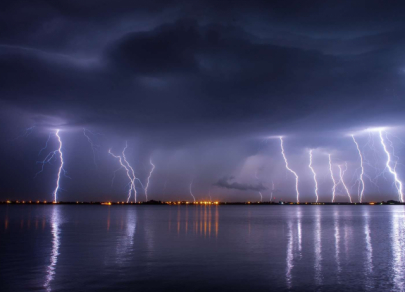
5. Moonbow (lunar rainbow)
A moonbow is a rare atmospheric phenomenon that occurs at night when moonlight is refracted and reflected in water droplets, much like a daytime rainbow. For one to appear, the Moon must be full or nearly full, the sky clear, and there must be a source of mist or spray nearby, such as a waterfall. Because moonlight is much dimmer than sunlight, moonbows usually appear white or pale and are often seen near Victoria Falls in Africa or Yosemite in the US.
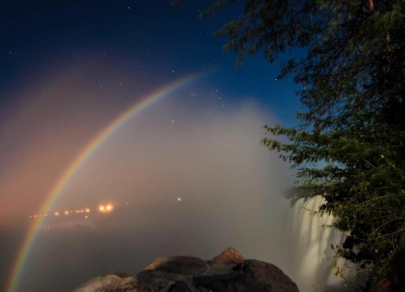
6. Glory (holy light)
A glory is an optical atmospheric phenomenon that appears as concentric rings of colored light surrounding the shadow of an observer cast onto cloud or fog. It forms when sunlight is scattered and refracted by tiny water droplets. Glories are most often observed from high altitudes—such as mountaintops or aeroplane windows—when the observer’s shadow is projected onto a misty surface. The rings are typically fainter than those of a rainbow but create a distinct glowing halo effect.
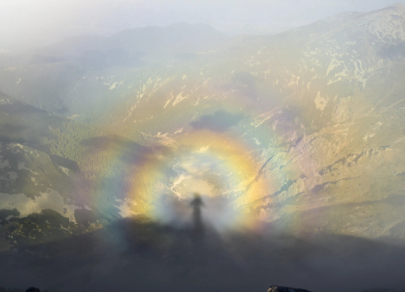
7. Coastal cappuccino (sea foam)
Sea foam, sometimes called "coastal cappuccino," forms when organic matter—such as decaying algae or plankton—mixes with ocean water and is churned by wind and waves. The agitation traps air in the water, producing thick, stable foam that resembles the frothy top of a cappuccino. This phenomenon is especially common after storms on the coasts of Australia, New Zealand, and South Africa, where algae blooms are frequent.
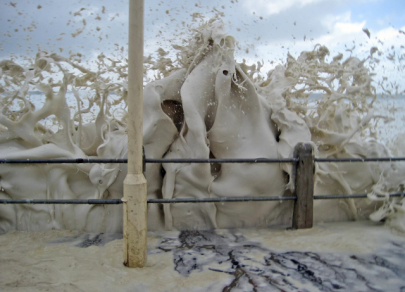
8. Transient luminous phenomenon (TLEs)
TLEs are high-altitude atmospheric phenomena, including sprites, elves, and blue jets. These brief bursts of light occur in the upper atmosphere—between 40 and 100 km above ground—during strong thunderstorms. Sprites appear as red branching flashes, elves as glowing discs, and blue jets as narrow blue cones shooting upward. They are caused by interactions between powerful lightning discharges and the ionosphere and usually occur above large storm systems.
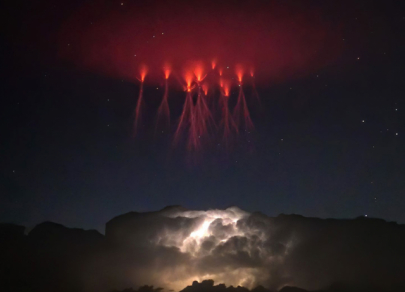
9. Morning Glory cloud
The Morning Glory is a rare type of roll cloud that appears as long cylindrical formations stretching for hundreds of kilometers. It is most commonly seen in northern Australia, particularly over the Cape York Peninsula, between September and November. These clouds are created by the interaction of sea breezes and temperature inversions that generate powerful atmospheric waves. Visually, a Morning Glory cloud resembles a giant moving tube and can travel at speeds of up to 60 km/h.
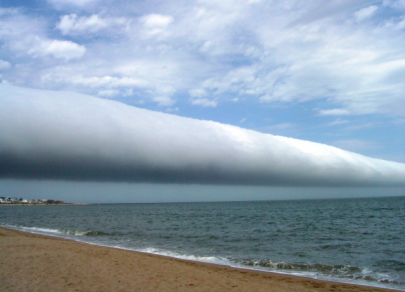
10. Pluto's thunderstorm (volcanic lightning)
So-called "Pluto’s Thunderstorm" refers to the phenomenon of volcanic lightning—electrical discharges occurring within ash clouds during volcanic eruptions. It results from the friction between ash, rock, and gases, which causes a buildup of static electricity and lightning flashes. This dramatic phenomenon is often seen during major eruptions in places like Iceland, Japan, or Russia’s Kamchatka Peninsula. The lightning can be so intense that it illuminates the entire sky and is visible even from space.
